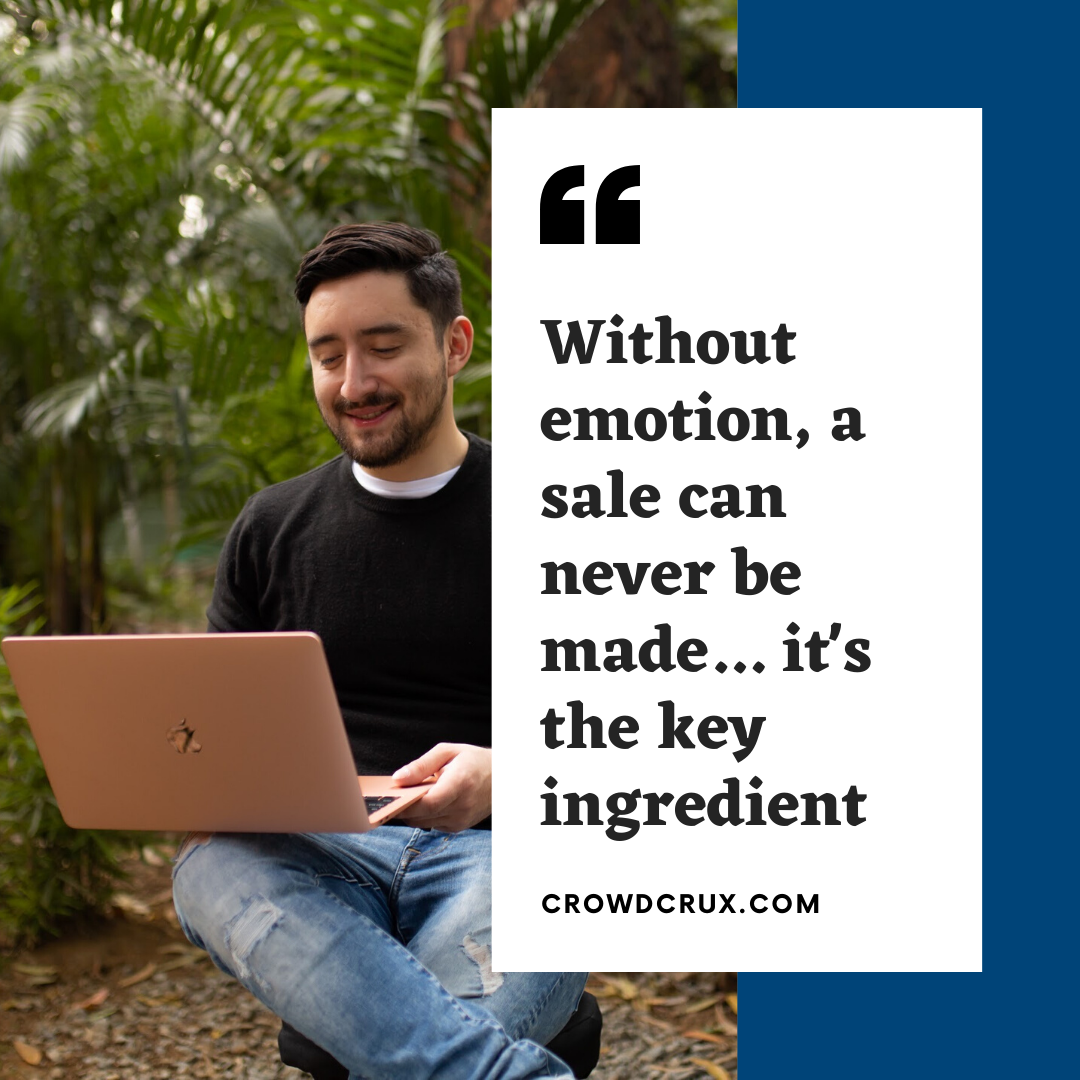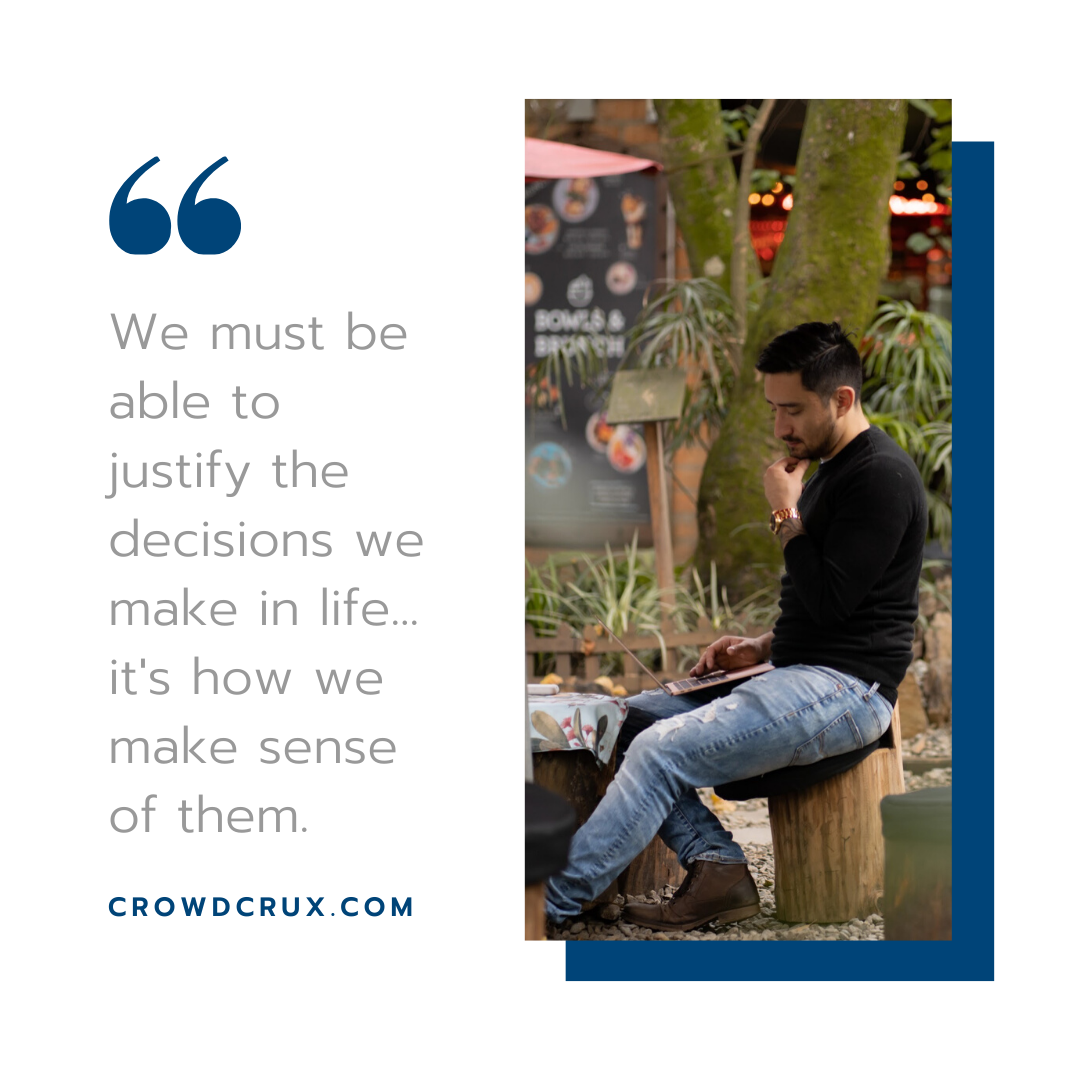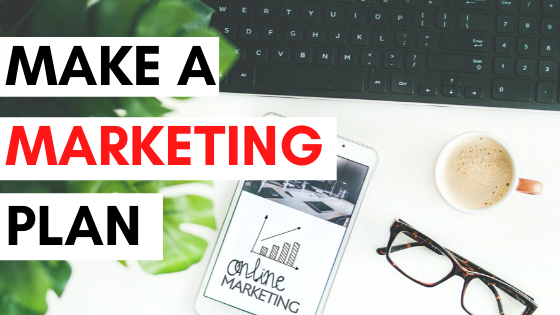You can use crowdfunding to get seed funding for a business.
In fact, many businesses are started this way now a days! There have been thousands and thousands of successful crowdfunding campaign all across the web.
I’ve had many successful entrepreneurs on my podcast who share exactly what they’re doing to get funding for they ventures.
If you take some time to browse around websites like Kickstarter, Indiegogo, or even GoFundMe, you’ll find a whole slew of startups just like you who are taking their business pitch to the crowd.
A lot of ideas that might not be a good fit for angel investors or venture capitalists can be the perfect fit for an online crowdfunding campaign. You’re cutting out the middleman and going directly to the source — your customers!

I want to take some time to break down how to actually do one of these campaigns, as well as important checklist items that you should keep in mind (particularly if you’ve never done a campaign before).
By the end of this article, you’ll have a clear sense of the different ways that you can raise funding for your business, as well as the next steps that you gotta take if you wanna make not happen.
1. Hone in On The Pitch

No, I’m not talking about your business plan.
I’m not talking about a pitch video.
I’m referring to what you plan to offer your backers or supporters. Take a second to put yourself in their shoes and answer this question: “Why would they back your project?”
Are you going to be offering them discounted services? Are you enriching the local community? Will you be giving away shares of your company?
What you plan to offer as an incentive for your supporters will determine the way in which you go out there and raise funds from the crowd.
These are common incentives that a business owner will offer their crowdfunding campaign backers:
- Access to “perks” or “rewards” that the business will provide. This could be discounted services, a bundled package of products, or a great rate on your core product, which is heavily discount from the retail price. I discuss these in my book, The Kickstarter Launch Formula.
- Equity in the company. This is a newer form of crowdfunding where you can offer shares of your company in exchange for micro-investments (think $100, $500, and $1,000). Under this type of offering, your backers will become investors and evangelists. I discuss this type in the book Equity Crowdfunding Explained.
- Signs of gravitate or appreciation. This would be more of a GoFundMe-style project where you thank family, friends, and strangers for supporting the launch of your new business through things like personal shout outs, memorabilia, or other swag. It’s more of a charity/nonprofit focus. I discuss this in my book, Crowdfunding Personal Expenses.
As you become clearer on the type of incentive you want to offer, it will help you narrow in on the way in which you’ll conduct the crowdfunding campaign (along with the marketing strategy). After you go through this exercise, you’ll be able to quickly answer “what’s in it for them,” meaning all the people who are going to support your project.
2. Pick the Right Crowdfunding Platform

Now that you have a better sense of what you’ll offer as an incentive for your funders, it’s time to put your finger on the best platform for your business.
The crowdfunding platform will provide you with the tools to make the campaign. This includes the software to design the page, the functionality to offer perks/donations/shares, and the ability to accept credit card payments online. The platform provides all the tools in the toolbox, you just gotta use them to create your campaign.
Crowdfunding platforms will also help others discover your project online through their own marketplace. Just like with marketplaces like Amazon or YouTube, you have regular users browsing the site looking at new projects, products, and opportunities. I refer to these people as super backers. They make getting funding easier, because you don’t have to do all the marketing. People can discover you on the platform.
In exchange, most websites will take a fee for providing the above services. That fee will vary depending on the type of projects on that website and the business model of the website itself.
Let’s drill down on the ideal website for your business!
If you’re planning on offering “perks” or “rewards” to your campaign backers as discussed in the previous section, then you’re going to want to look into these two websites: Kickstarter and Indiegogo.
Both of these sites are powerful platforms where you can run what’s called a rewards-based crowdfunding campaign. I compare and contrast the differences between these two websites here.
You can use Kickstarter or Indiegogo to raise funds for your business, while also offering attractive incentives to your backers. They’ll handle all the payments and back-end functionality. You just gotta fill in the info and put together a quality campaign.
Let’s say that you want to give away equity in your startup. Rather than attracting supporters, you want to have investors and evangelists be a part of your business. In this instance, you’ll be engaging in what’s called equity crowdfunding.
For those of you legal nerds out there, you’d be using Regulation A+, Regulation D, or Title III of the Jobs Act to legally raise money through a private placement. You will be using, what’s called a “funding portal” to accomplish this.
You’ll want to look into these equity crowdfunding websites: WeFunder, StartEngine, SeedInvest, and Republic.
The platform you select will depend on the regulation under which you’re raising money. I know it sounds complicated, but if you just spend an hour learning a bit about the regulations, it will all become much clearer.
These equity crowdfunding platforms will give you the tools you need to set up your project, manage investors, and likely help you comply with any regulations related to your online offering.
In the previous section, you may have decided that you want to do more of a charity-focused fundraiser where you’re accepting donations and giving notes of gratitude for any contributions.
For those going down this path, GoFundMe is the obvious choice because you’ll be a part of a larger marketplace, and you’ll have the software you need to set up the campaign page.
As a business, you’ll have a bit of a different pitch on GoFundMe than if you were to use the website to raise funds for a personal cause, like medical bills or student expenses. I’d take a little bit of time to read up on how to put together an effective project.
3. Set Up Your Campaign Page

Here’s where it all comes together!
After you’ve decided on the right crowdfunding platform, next it’s time to set up your campaign so that you can raise money from the crowd. To get started, you’ll need a couple of components. You’ll need:
- A pitch video that describes your project
- A campaign page that’s rich with marketing copy, images, gifs, and videos
- A compelling opportunity (rewards, perks, investment incentive, etc).
- A plan for delivering on your promises.
Let’s talk a little bit about the pitch video, because that’s the FIRST thing that people will see when they come to your crowdfunding page. It’s the thing that turns a complete stranger into an interested backer.
There are tons of articles out there on how to optimize your campaign video so that it will draw in the most backers. But, to save you the trouble of reading all of them, I’ll boil it down to two things that every campaign video needs.
The first is an emotional appeal. You gotta get strangers to feel some type of way about your product, idea, cause, or opportunity. If they don’t feel anything, they’re not going to pay attention. Without emotion, a sale can never be made.

So, how do you do that?
First of all, you gotta keep someone’s attention. Make sure to have lots of angles in your video. Show how people use your product. Show what environments they use it in. Make sure there’s some rich b-roll to “hijack” the attention of a prospective backer.
The more that you use the powerful components of video to affect the emotions of your potential backer, the better. I’m referring to things like music, jump cuts, transitions, b-roll, on-screen text, and simple motion graphics.
But – that’s not enough to get someone to buy into your idea. You also have to logically back up the claims your making. Otherwise, you’ll have a lot of people think something like this:
“WOW! THIS SOUND SO COOl… but it seems a little too good to be true. Maybe it’s a scam.”
Without logic to back up the promises and claims you’re making, your entire project will fall on deaf ears.
What do I mean by “logic?”
Logical persuasion can take the form of things like: product specifications, user test groups, features and functionality, design materials, engineering process, and much more.
A killer video will incorporate both of these elements – emotion and logic – to create one epic pitch that moves people to action.
Once you’ve got someone watching your video, their interest is peaked. They might almost be sold. But, they aren’t entirely bought in. That’s where the campaign text comes in.

Think of your campaign text as “planning” that goes into an amazing trip. Imagine your friend invites you on an amazing trip to Hawaii or Bali. It sounds majestic. It’s exactly what you wanted and needed. Only… there is no plan. It’s just an idea.
How will you feel about that trip? Probably like… it’s not likely to happen. The same is true of a Kickstarter campaign.
Without an in-depth campaign page, no one will be able to make sense of the things you’re promising. They want to learn more about the project, what will go into it, what the various aspects of it will look like, along with what they’ll get out of it.
After someone is done looking through your page, they should have a sense that “this team knows what they’re doing.” You’ll also further stroke their appetite, and they’ll start to get really excited about becoming a backer.
Any questions, doubts, or skepticism in their mind will be eradicated.
They’ll clearly know what they’re getting when they pledge to your campaign.
It completes the interest-loop that they started when they began to watch your video.
A great page not only supplements a pitch video, but it also builds on it. Through the design, copywriting, and user test cases, a visitor will get a clear sense of how your product can benefit their life.
Through simple repetitive imagery, headlines, storytelling, and other information, a stranger will go from being skeptical to “bought in” to what you’re doing. They might have one or two more questions, but the more they read, the more their fears will be quelled.
Rather than thinking about the potential downside of supporting someone on the internet that they don’t know, you will hijack their imagination and get them thinking about how great the product will be in the future when it comes out.
Believe it or not, but in their minds eye, they will actually visually imagine themselves using it, how they would use it, or who they would use it with. It’s what I call virtual ownership. They’re test driving the care before they buy it.
4. Put Together a Marketing Campaign

You’ve build a great net to catch butterflies. Now you gotta drive those butterflies into that net.
Marketing is all about driving relevant traffic. It’s about warming that traffic up so that when they come to your page, they’re eager to find out about this thing that you’ve created.
Without a clear-cut marketing campaign, you’re leaving your success up to the whims of the crowdfunding platform’s marketplace. Don’t leave success up to chance. Don’t fail for a lack of effort.
First, you can begin by identifying the right organic distribution mechanisms you can use to get the word out. That’s a fancy word for… figure out where you’re gonna share your project. Ideally, months before, you should be putting content out on those platforms regardless.
Each project differs, but the platforms that come to mind are:
- YouTube
- Blog (or website)
- Email list
If you have time, pick one or two of these distribution mechanisms and start building your presence there. If you don’t have any time, then search out influencers and groups that can share your message on these platforms.
These websites will become powerful ways that potential backers stumble across your campaign. You can kind of think of them as the various revenue streams leading into your main project.
Next, after you have a presence on one or multiple of these platforms, it’s time to figure out your paid marketing strategy. This is where you’re paying to drive relevant traffic to your campaign page, or to your pre-launch page.
Paid marketing is a tricky gambit and is best conducted after some careful training. You should first learn a bit about how it works, or hand the process over to an expert.
There are tons of ways you can advertise your campaign through online forums, email newsletters, influencers, press releases/PR, and Facebook ads. Take a sec to read through this article to learn a bit more about how this all works.
Your marketing strategy will shift, morph, and change over time, but these points I mentioned should give you a rough idea of what should be going through your mind as you put it together.
How to Speed Up The Process
There are two easy ways that you can speed up this entire process. The first is to seek out a teacher or education source that shares good quality education. Take a week or two to really drive deep into their content.
I suggest getting started with my podcast, YouTube channel, or subscribing to my blog below to get access to the best articles. You could also pick up a copy of one of my books.
The second way is to hire someone to help you with this whole process. You could bring on a coach, an advisor, an expert, or even hire an agency. There are many ways that you can take this campaign, but by bringing in external knowledge, you’ll be sure to speed up the launch process.
I hope that this article helps you launch a campaign, and if you do, be sure to reach out to me. Tell me what you can share with my audience, and I’ll consider having you on the podcast or writing an article regarding your project.




